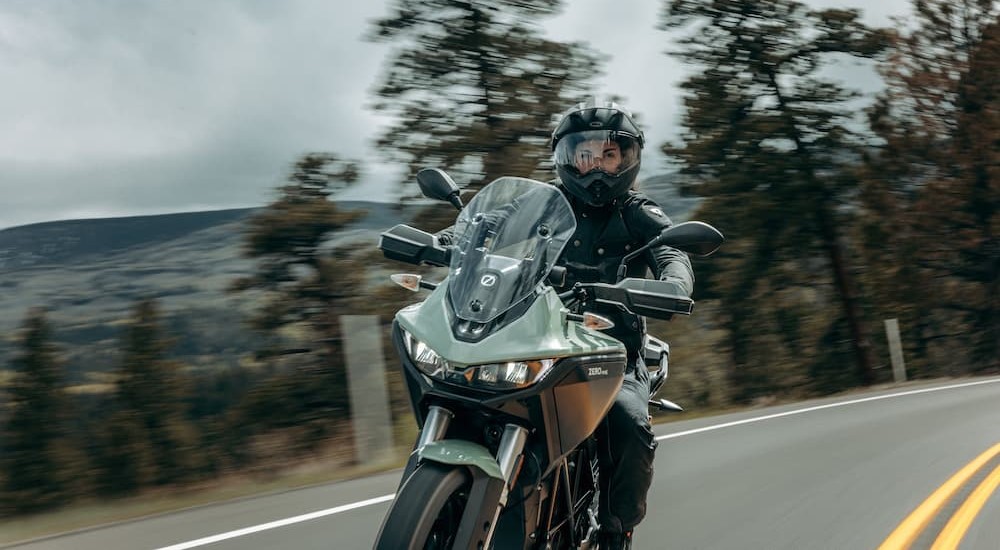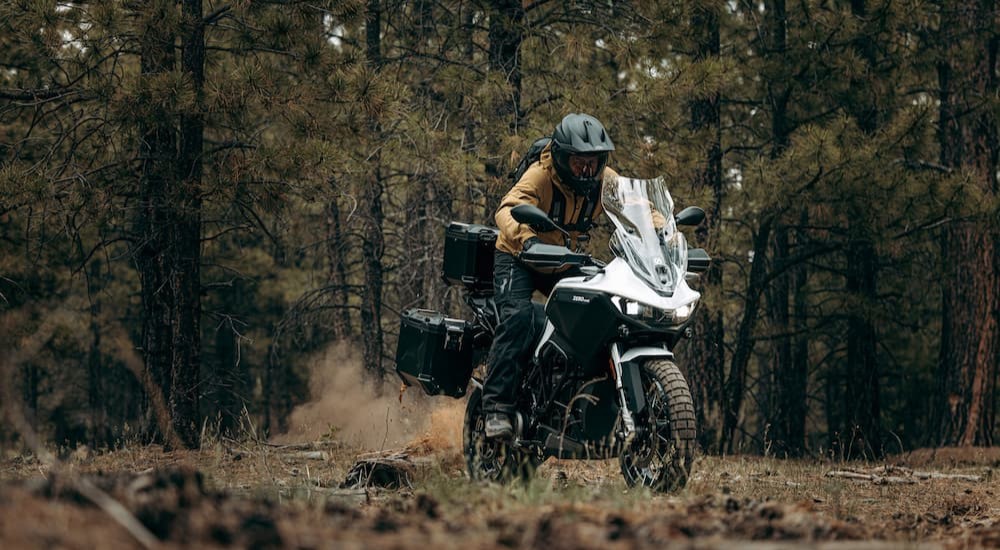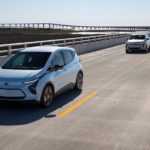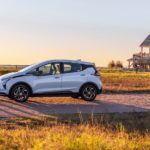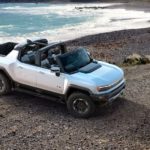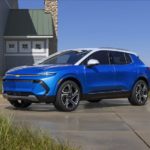Automotive leaders like Tesla are popularizing the push toward an all-electric future with zero emissions, offering cutting-edge models that promise instantaneous power and incredible responsiveness. However, in the world of motorcycles, the electric revolution appears to have barely begun. There are already more than a few electric models on the market, but they are still viewed as more of a novelty than a serious threat to gasoline-powered bikes.
New brands like LiveWire, Zero, and Lightning have introduced all-electric powerhouses to entice riders. However, there’s hesitation, the proverbial pause. The prominent players in the industry have yet to jump on board, and most riders seem skeptical of the idea. What are motorcycles without the iconic rumble and capability of their gas-powered engines? What if we could get out of our own way long enough to discover that electric motorcycles have the potential to surpass our expectations?
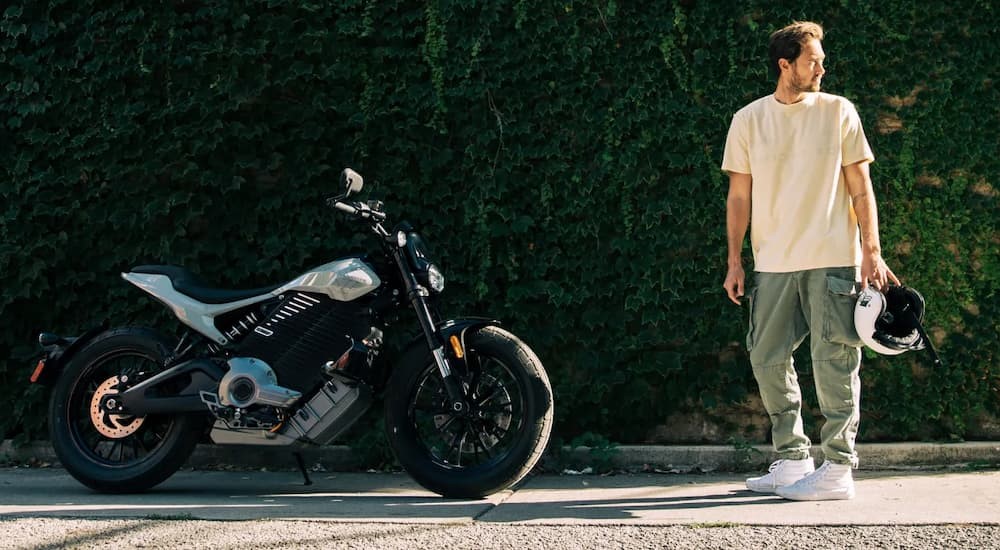
A Century in the Making
It’s hard to imagine a motorcycle without the signature rumble of its engine. It seems almost sacrilegious to think of a Harley-Davidson cruiser without the “potato potato potato” chant of its V-Twin. Or a Yamaha sport bike without the scream of its cross-plane crank inline-four. We’ve established and firmly held onto this intimate relationship between gas power and motorcycles for decades, but ironically, it hasn’t always been this way.
In fact, the very first motorcycles were powered by steam engines, and steam remained the power source of choice for about three decades. Gasoline and electric motorcycles were both introduced in the 1890s, but it wasn’t immediately clear which would prove superior. In the end, what doomed the early electric motorcycles was the same thing that continues to hold them back today––weight and cost. The heavy weight of the necessary batteries is a large drawback on such small machines, and electric vehicles have always been more expensive. However, modern technology is poised to make electric motorcycles more competitive.
The Slow Reintroduction
While electric motorcycles saw some brief successes at the turn of the century, they were soon forgotten as gasoline engines took over. The industry has ignored the possibilities of electric power for decades, with electric motorcycles introduced as one-offs and treated as inferior to the gas powerhouses riders avow are more capable, agile, and responsive. But are they? Are we just telling ourselves this, minimizing the possibility that perhaps we’ve missed something? Are we arguing that electric motorcycles can’t keep up when the truth is they can?
It’s a valid question ignited by a significant shift in the automotive industry as electric vehicles have risen to prominence and redefined everything we imagine vehicles should be. Soon enough, stops for fuel will be replaced by the convenience of plugging in our cars, trucks, and SUVs like our smartphones. Why wouldn’t motorcycles follow suit?
A big step forward came in 1999 with the unveiling of the KillaCycle. This all-electric drag bike was a one-off machine set to prove that electricity was a force to be reckoned with. Powered by modern battery technology and consistently upgraded over the years, the KillaCycle eventually ran a 7.62-second quarter mile and hit a top speed of 174 mph before being retired in 2014. Other riders followed suit with electric conversions and unique creations of their own, and the Isle of Man even held its first electric motorcycle race in 2008. However, there were still no factory options for electric motorcycles.
Around the time that Tesla began building its original Roadster, several similar startups were getting ready to take electric motorcycles mainstream. Foremost among them, Zero Motorcycles and Lightning Motorcycle were both founded in 2006. Zero was one of the very first brands to offer a production electric motorcycle with the Zero S in 2010. Lightning took a different path and focused on demonstrating the performance of its machines, with the LS-218 taking first place in the 2013 Pikes Peak hill climb against gasoline motorcycles before becoming available for purchase in 2014. However, unlike Tesla, neither brand has yet been able to break through into the mainstream.
Electric Motorcycles Today
Electric motorcycles will have a prominent place in the American landscape, but it won’t happen overnight. Mainstream manufacturers like Honda and Harley-Davidson are telling us as much, with these highly acclaimed manufacturers working diligently to build all-electric lineups. For Harley-Davidson, the transition from the large displacement engines that have defined the brand for decades to electric powerhouses is a natural progression that reflects its evolution since the 1900s. “Now, like the founders did at the time by trying to reinvent or invent something unique, that’s obviously something that we as a company brand need to do as well,” Harley-Davidson says of the company’s future. “What we’re doing is celebrating our past but also evolving the brand at the same time. It’s a natural evolution that needed to happen.”
That evolution is already underway with the Harley-Davidson LiveWire––first a bike and now a Harley-Davidson family of electric motorcycles. However, Harley-Davidson’s decision to spin LiveWire off into its own entity could be seen as an attempt to distance the electric models from its classic gasoline lineup. Honda follows a similar pattern, pledging to launch at least ten new electric motorcycles worldwide by 2025, but focusing on scooters and minibikes rather than flagship sport bikes. Among those electric models, Honda promises a few will make their way to America, although it remains to be seen how much excitement they’ll be able to generate among enthusiast riders. While the big manufacturers are slowly starting to move, it is likely the startups that will pave the way for mass adoption.
Expect a lot of new brands trying to prove themselves with radical designs in a fiercely competitive market where riders aren’t exactly thrilled at the idea of ditching their gas powerhouses. We already see this from brands like Verge and its newly introduced TS Ultra, an electric motorcycle that immediately distinguishes itself by its hubless rear wheel and hidden motor. The model promises up to 201 hp, a top speed of 124 mph, and a launch from zero to 60 mph in 2.5 seconds. With a range of up to 223 miles and a 25-minute fast-charging capability, you can travel further before stopping for lunch to recharge the bike and relax before climbing back in the saddle.
Looking to the Future
The rise of electric vehicles is already transforming how we live and travel, forcing us to shift our perspective from the idea that an electric model can’t compete to accepting the possibility that it can. The same is true for electric motorcycles. Electric motorcycle manufacturers aren’t simply tasked with building bikes but must also challenge our loyalty to internal combustion engines. They have to prove that electric motorcycles can keep up and, even more so, exceed our expectations.
Is it possible? Absolutely. We’re already seeing it with electric vehicles, so why not motorcycles? Models like the Verge TS Ultra, Lightning LS-218, Zero SR/F, and LiveWire ONE are already proving that electric power has what it takes to revolutionize our time on two wheels. There is even a MotoE World Cup that is seeking to take electric motorcycles to the highest levels of racing. The only question is how long it will take for electric motorcycles to become mainstream options that riders everywhere can enjoy.
